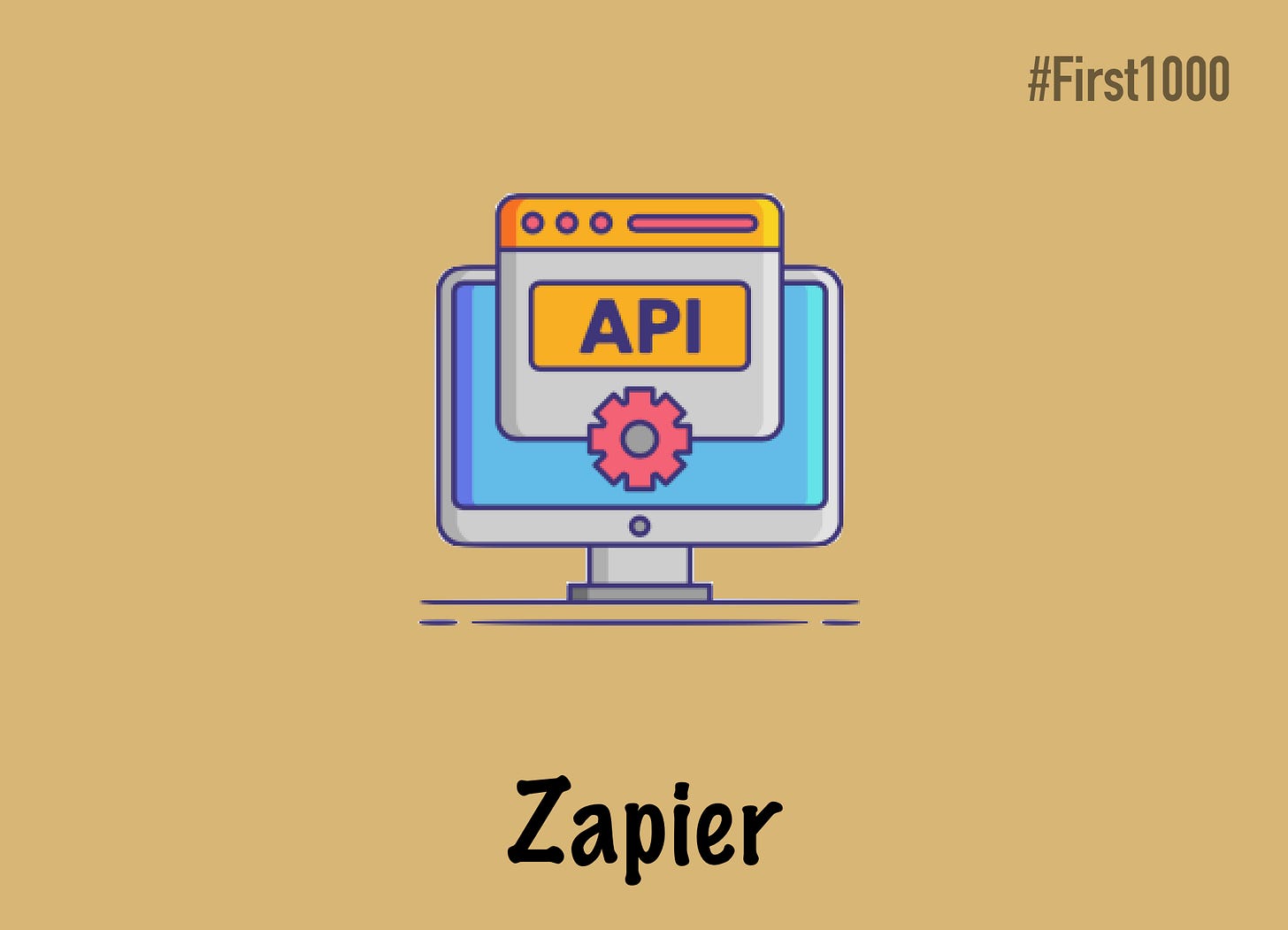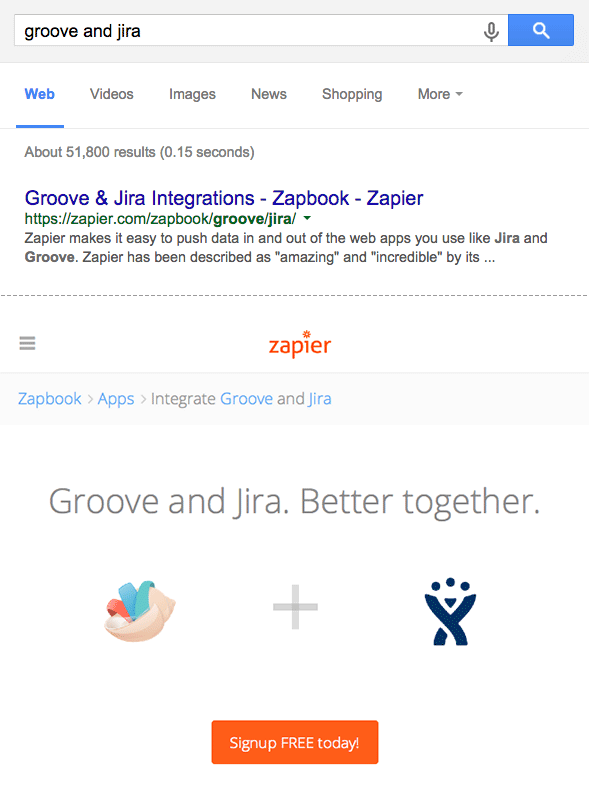🛠Zapier
Growing a profitable remote-only tech company in 2012 is not a myth. This is exactly what Zapier did and in this issue we discuss exactly how they did that
Today, we talk about one of my favorite companies: Zapier. I am particularly fond of Zapier for many reasons. First, they are one of the handful successful remote-only companies. They have been doing that since 2012. Second, they are a "background" company, their value is in the lack of attention you give the product, they are not optimizing for engagement or how much time you spent using the app. Beyond Dropbox, I don't know of any other company that falls into this category and I absolutely would love to see more. Finally, they only raised $2.58m in their lifetime, Zapier is and has always been a profitable fast-growing tech company, that is not something you see every day.
Okay let's dive into how they got their first 1000 customers.
Pillar 1: Product Forums.
Michael Seibel's go-to-market advice has repeatedly been "go where your customers hangout." For Zapier that was product forums. Companies like Dropbox, Salesforce, Evernote..etc all had product forums where customers could make product requests, discuss new features..etc. Wade, Zapier's CEO, would just go to those forums and find posts like “I love Evernote, it would be great if it worked nicely with Dropbox,” or “I love MailChimp, it would be awesome if you had a Wufoo integration.” and then would comment with something like
“Hey, here’s how you can do it… here are the API docs to these two services, and if you know how to code, here’s how you can make it work. OR, I’m working on a project that will make integration for this and if you want to find out more, go to this link and let me know.”
He got 10-15 visits from each of those links, not a lot of traffic but he knew he was onboarding the right customer. 50% of visitors would sign up for Beta...five zero...
Takeaway: targetted outreach is the way to go. You don't need a thousand customers to get started you just need the right 1-10.
Pillar 2: Going Manual
It is a bit ironic is that the MVP or first Zapier product wasn't automated at all. You didn't just flip a few buttons and you were all set. Instead, the way it works is that Wade and his cofounder would get on a call with prospective clients from the Product Forums is ask them what they would want to integrate, the team would do it in the backend and email the customers when their integrations are ready.
Takeaway: For your MVP the result is all that matters, it doesn't matter how you get there as long as you do.
Pillar 3: Make Beta users Pay
For a tech beta, most companies just say “sign up, it’s free, all you have to do is give us advice… we’ll take anyone’s advice.” They just beg for customers. That is dangerous. The feedback you get from someone who would die to use your product and invested tens of hours trying to hack around a solution to fix the problem is not the same as someone who thinks "this is a cool product" and wants to "play around with it."
Making users pay to be part of Beta means:
1 - It is a self-selecting group of people, only those who need your product and understand its value would pay.
2- You get high-quality elaborate feedback. This is a sentiment that was also echoed by Rahul Vohra of Superhuman. Once people feel "invested" in your product they are much more likely to go above and beyond in terms of providing feedback on things that mattered
Zapier went through a lot of pricing iterations, from $100 to $1 and ended upon $5-$10 for the duration of Beta.
Takeaway: Not all early customers are created equally and your product is not for everyone. A little bit of friction is a great thing actually for early-stage companies.
Moving forward
From there on, Wade and the Zapier team slowly built the product. They managed to land their first partnerships with companies actually due to comments on the forums and went on to build a superb product used by hundreds of thousands of individuals every month.
One of the first growth tactics they used after the Beta program was creating a landing page for every possible combination of zaps. That juiced up their SEO overtime and were able to capitalize on some specific keywords ([Company Name] and [Company name]) that were under utilized at the time.
From there onwards it has been 🚀
That's it for today 😉 , See you next week.
Ali Abouelatta


